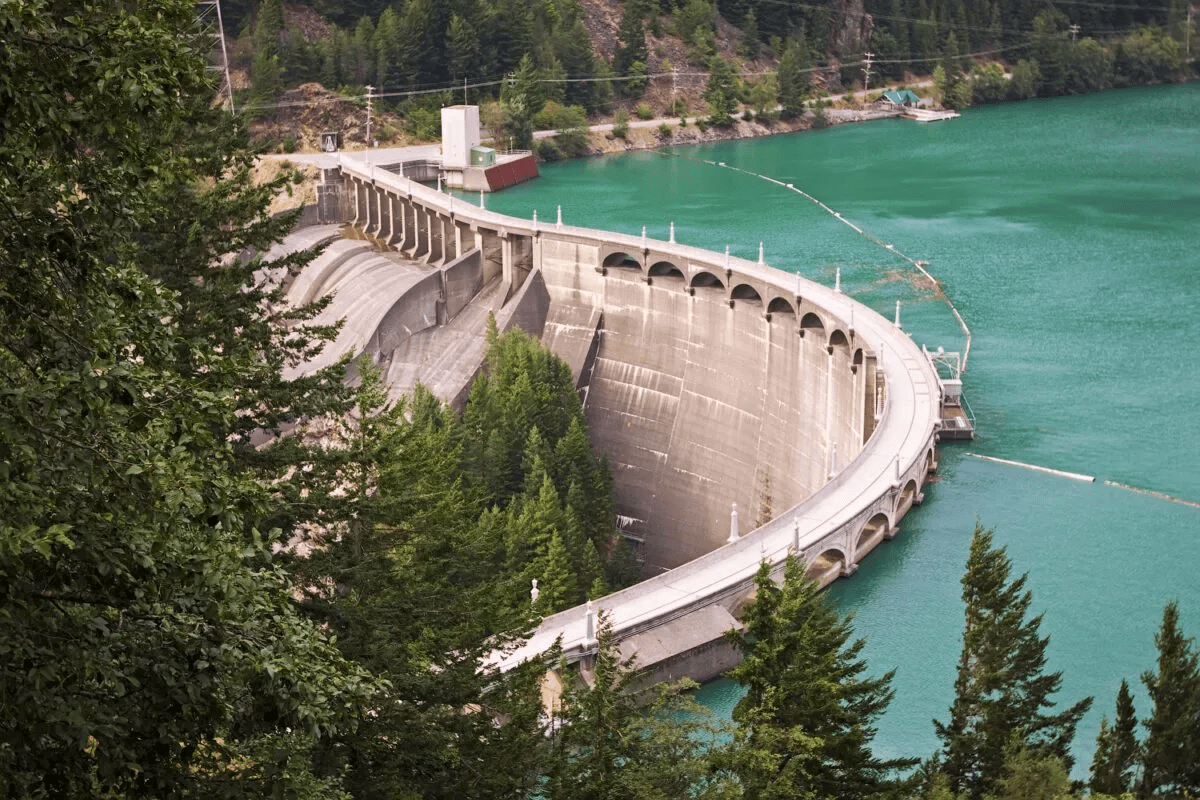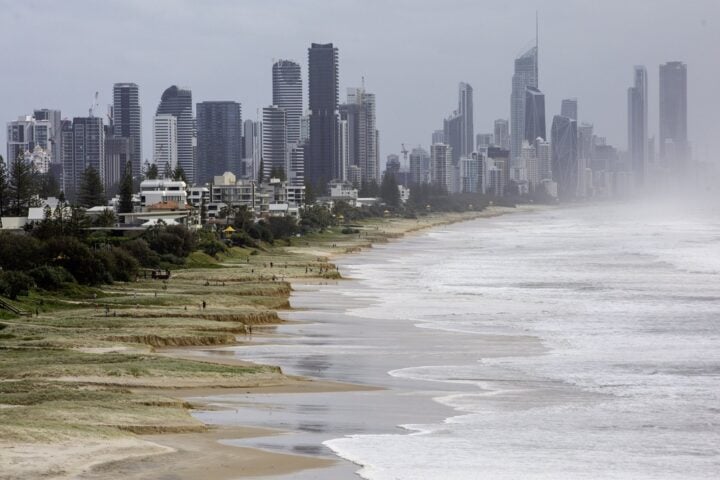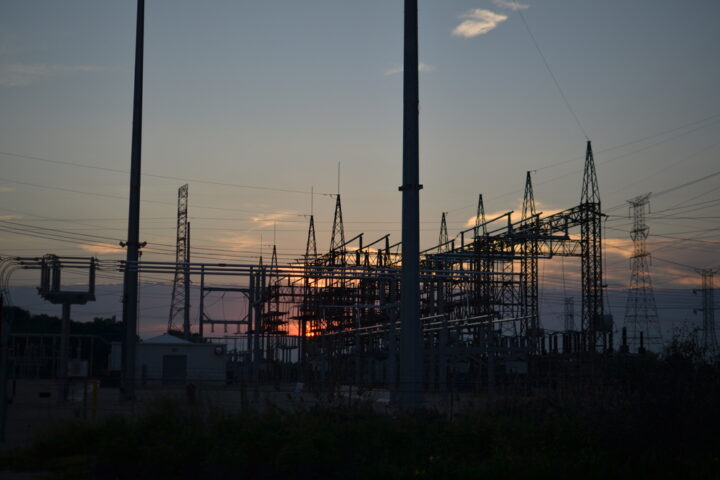The recent wildfires have left the mountainous regions of Los Angeles County vulnerable to intense storms and potential flooding. The destruction of vegetation by the 2020 Bobcat fire has left canyons exposed, and another storm could cause dirt, boulders, and fallen trees to come crashing down, potentially causing chocolate-colored floodwaters to overflow into nearby cities. One major concern is the large amount of muck and sediment that has accumulated behind the 96-year-old Santa Anita Dam, which has the potential to flood if not cleared.
The L.A. County Department of Public Works is working diligently to prevent this from happening by removing the debris and ensuring the functionality of the dam’s stormwater release valves. The Santa Anita Dam is a vital component of the county’s flood control infrastructure, which includes a network of 14 dams, 487 miles of flood-control channels, 3,330 miles of underground storm drain channels, and various debris basins and spreading grounds. These structures were built over the past century to protect the area from flooding and to capture stormwater for recharging local aquifers.
The recent changes in California’s weather patterns, resulting from the combination of atmospheric rivers and global warming, have put a strain on the state’s flood-control system. The county’s Director of Public Works, Mark Pestrella, states that they must adapt to these environmental changes and challenges, but this will not be easy or cheap. The cost of removing an estimated 15 million cubic yards of debris and mud from all five reservoirs and transporting it to sediment placement sites across the foothills is around $550 million. This money is expected to come from county funds, state and federal grants, and possibly an assessment agreed to by property owners. Pestrella notes that they do not have a limitless budget and that property owners in the county are currently charged $28 annually for these kinds of improvements, which hasn’t been changed since the 1980s.
Similar Posts
The task at hand includes the removal of a substantial amount of debris and mud from four different facilities, including Big Tujunga Dam, Cogswell Dam, Pacoima Dam, and San Gabriel Dam. Specifically, 3 million cubic yards will be removed from Big Tujunga Dam, which protects the area of Tujunga; 2 million cubic yards will be removed from Cogswell Dam, responsible for controlling flooding in the West Fork of the San Gabriel River; 4.5 million cubic yards will be removed from Pacoima Dam, which safeguards Olive View-UCLA Medical Center, Sun Valley, and Sunland; and a total of 5 million cubic yards will be taken away from San Gabriel Dam, which manages outflow from the 200-square-mile watershed of San Gabriel Canyon.
The water from San Gabriel Dam flows down the canyon to Morris Dam, a facility a few miles above Azusa that was dedicated in honor of Los Angeles consulting engineer Sam Morris by former President Hoover in 1934. The Bobcat fire has caused a significant loss of vegetation, increasing the risk of flooding, debris flows, and mudslides, which may prevent the dams from making controlled releases. It took about four years to remove 330,000 cubic yards of sediment from behind Santa Anita Dam in the aftermath of the massive 2009 Station fire.
Similar Posts
According to Klippel, it may take an additional three years to clear out the material that has amassed behind the dam following the devastating Bobcat fire that swept through the watershed two years ago. The Santa Anita Dam reservoir was in pristine condition, with increased storage capacity, prior to the fire. However, now it is vastly different. The Bobcat fire burned through roughly 116,000 acres of forest between the San Gabriel and Antelope valleys, destroying 160 homes and buildings. It was one of many wildfires that occurred during the summer of 2020, making it the state’s worst fire year on record.
Over 4 million acres were burned and dozens of people lost their lives. In response, the Los Angeles County Board of Supervisors voted to allocate department resources to support communities affected by the fires. Supervisor Kathryn Barger has been closely monitoring grant requests and proposed emergency actions to launch and complete repair and restoration projects. She emphasized the importance of completing this debris removal work to maintain the integrity, safety, and capacity of the flood-control system. She said “The recent heavy rains can quickly pose a flood risk to our local communities, and lives could be at stake. This is an immense task, so I will continue to track progress to ensure the job gets done.


















